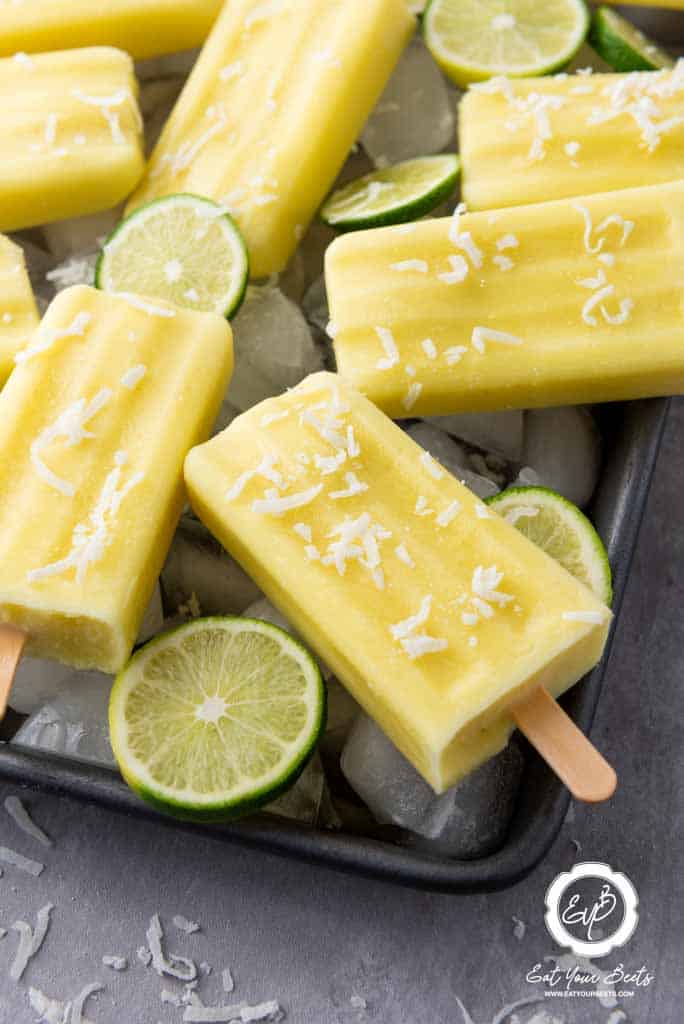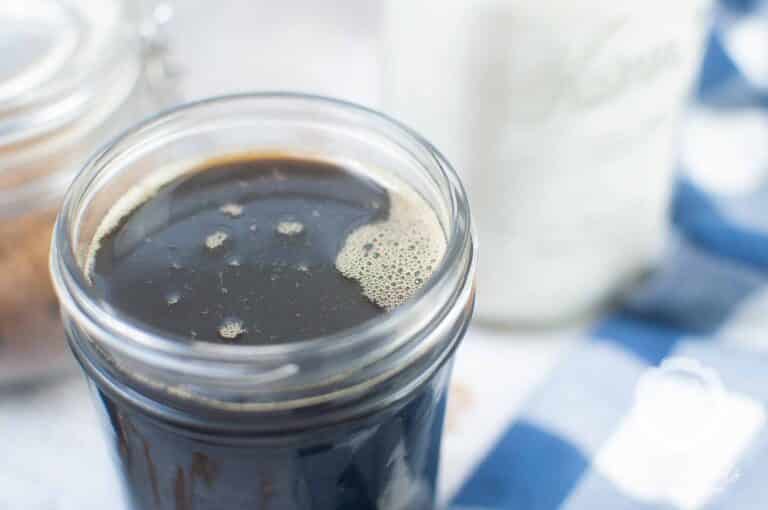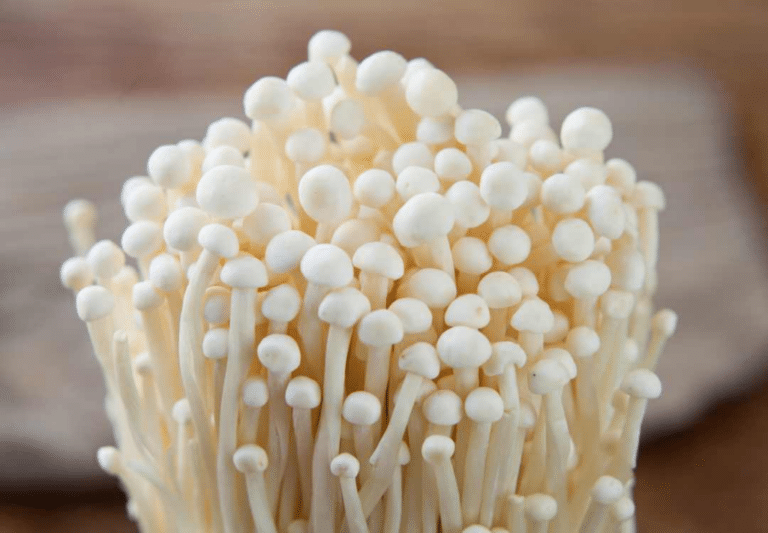Does Mustard Go Bad?
Mustard is a popular condiment that is used in many different dishes. It has a unique flavour and can add zing to any meal. It is often used in sandwiches, hot dogs, and other dishes. But Does Mustard Go Bad? And if so, how do you know when it’s time to throw it out? This article will answer those questions and provide tips on storing mustard properly.
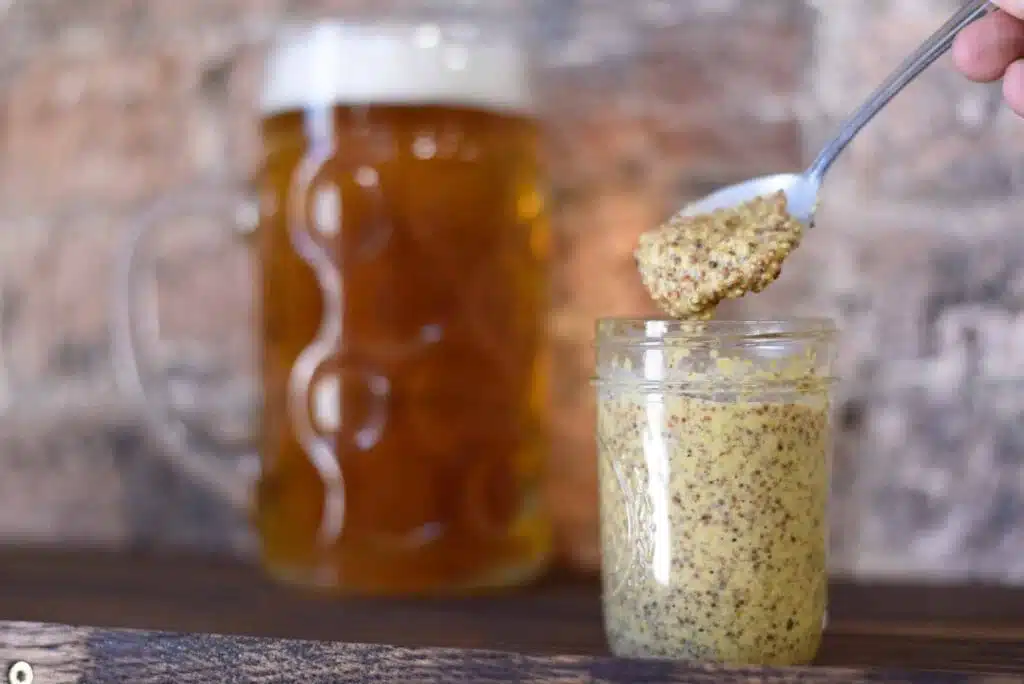
Contents
Does Mustard Go Bad?
Yes, mustard can go bad. It will start to lose its flavour and potency over time, so it’s best to use it up within a year or two of purchase.
It should stay good when properly stored. However, if you see any signs of organic growth such as mould or deterioration, it’s best to discard it. If mustard is not stored and handled properly, there is a high chance of bacteria growth.
How Long Does Mustard Last?
Mustard can last very long as long when stored properly. Mustard had a long shelf life which is about 2 years, but it will still be safe to eat after that.
As with most food items, the flavour and texture of mustard will gradually degrade, so it’s best to use it up within that window. Keep your mustard stored in a cool and dark place such as a Kitchen Cabinet and be sure to store the date on the label.

How Can You Tell if Mustard Is Bad?
With a few simple tricks, you can learn to identify expired mustard:
- Check Expiration: The first thing you should do when checking to see if mustard is bad is to check the expiration date. If the best-by date has passed then you may find you have spoiled mustard. Mustard typically has a shelf life of about one year, so if the expiration date has passed, it’s probably time to toss it.
- Look for Signs of Mould: Another way to tell if mustard is bad is to look for signs of mould. Mould can cause food to spoil and make it unsafe to eat. So open the jar or squeeze bottle and take a look inside. If you see any mould on the mustard, it’s best to throw it away.
- Smell the Mustard: Another way to tell if mustard has gone bad is to smell it. Mustard that has gone bad will usually have a sour or unpleasant odour. If the mustard doesn’t smell right, it’s best to discard it. When your serving mustard goes bad, it usually emits a sour smell.
Does Open Mustard Need to Be Refrigerated?
Some people recommend refrigerating opened mustard if it is not used quickly enough, while others believe that storing it in the pantry or cupboard is sufficient.
Best Ways to Store Mustard
There are some ways to preserve your unused mustard and retain quality.
- Freeze Mustard: Mustard freezes well and can be stored in the freezer for up to six months. To freeze mustard, place the mustard in a freezer-safe container or bag and squeeze out as much air as possible. Label and date the container, then place it in the freezer.
- Refrigerate Mustard: Mustard will keep for up to two years if stored in the refrigerator. Be sure to store the mustard in a clean, airtight container and label it with the date it was made.
- Canning Mustard: To can homemade mustard, sterilize jars and lids by boiling them for 10 minutes. Fill the jars with mustard, leaving ½ inch of headspace at the top of each jar. Remove any air bubbles, then wipe the rims of the jars with a clean cloth. Place the lids on the jars and screw on the rings until they are finger-tight. Process the jars in a boiling water bath for 10 minutes. Let the jars cool for 24 hours before checking the seals. Store sealed jars in a cool, dark place for up to one year.
Top Storage Tips
- Store in a Cool Dry Place: Mustard is best stored in a cool, dry place like the pantry or cupboard.
- Keep Mustard Jar Tightly Sealed: It is important to keep mustard tightly sealed when not in use, as exposure to air can cause the flavour to fade. An airtight container or jar is ideal for storing mustard.
- Use Within 6 Months: An opened bottle of mustard should be used within 6 months for the best flavour. If stored properly, unopened mustard can last for up to 2 years.
Different Types of Mustard
Mustard comes in several flavors and varieties. Here are a few different mustard types:
- Yellow Mustard: This is the most common type of mustard, and it is made from ground yellow mustard seeds. It is great for use in sauces and marinades for dishes like Honey Mustard Chicken, as well as a condiment on its own. Yellow mustard is sometimes referred to as American mustard.
- Dijon Mustard: Made from brown and black mustard seeds, along with white wine and spices, Dijon mustard is a classic French mustard. It has a richer and more complex flavour than yellow mustard, making it ideal for use in vinaigrettes, sauces, and marinades.
- Honey Mustard: Honey mustard is a blend of yellow or Dijon mustard with honey and other flavorings. It can be used as a dipping sauce for Chicken Wings, or as an ingredient in salad dressings.
- Spicy Brown Mustard: This bold-flavoured mustard is made from coarsely ground brown seeds. It is generally spicy, but can also have a smoky flavour. It is commonly used in sandwich spreads and marinades.
- Horseradish Mustard: This zingy mustard is made from ground yellow or brown seeds along with horseradish, vinegar, and spices. It adds a spicy kick to sandwiches, burgers, and Hot Dogs.
No matter what type of mustard you prefer, there are many ways to keep it flavorful by following these simple tips. With proper storage and care, you can enjoy a long mustard shelf life.
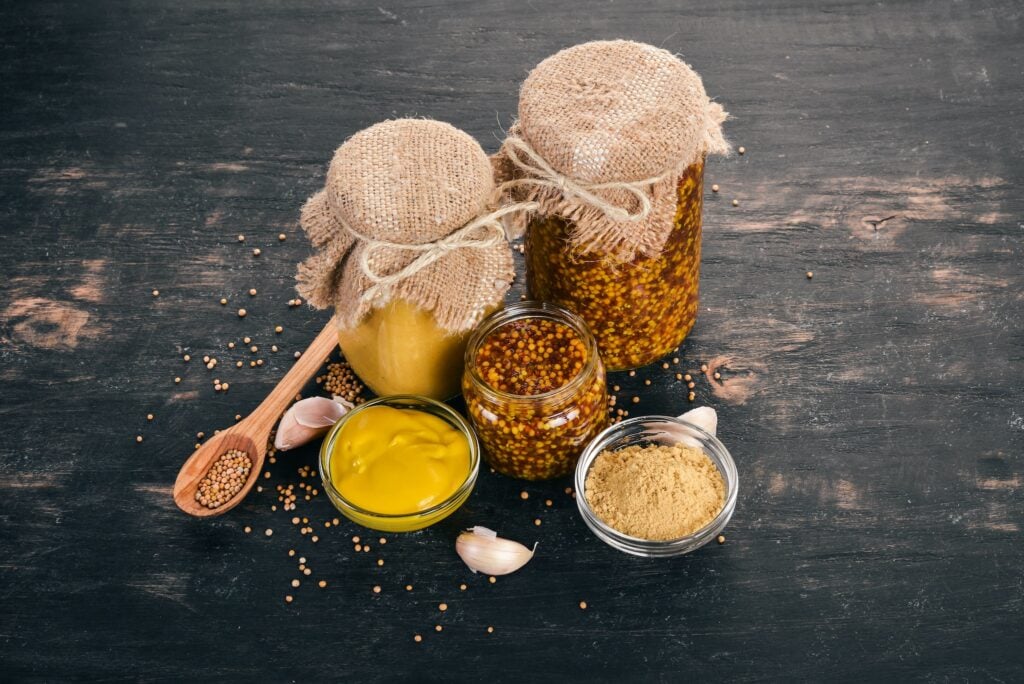
FAQ’S
What Is Mustard and Where Does It Come From?
Mustard is a condiment made from the seeds of a mustard plant. The origins of the word “mustard” are unknown, but it may have derived from the Latin word mustum, meaning “young wine.”
The modern-day preparation of mustard begins with the grinding of mustard seeds into a powder. This powder is mixed with water, vinegar, lemon juice or other liquids to create different types of mustard. Mustards can be hot or mild and come in many colours, such as bright yellow, brown, or black.
Store Mustard For Longer
In summary, mustard can go bad!. However, if you follow our tips on storing it and keeping it fresh, your yellow mustard should last longer than if you leave it out on the counter.

